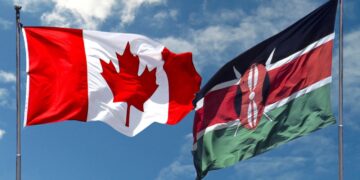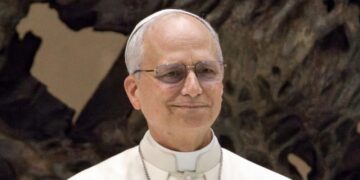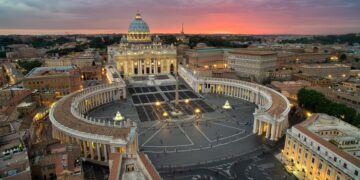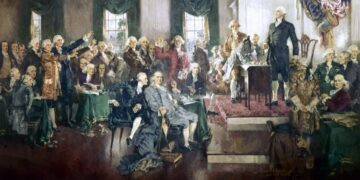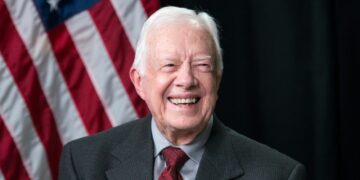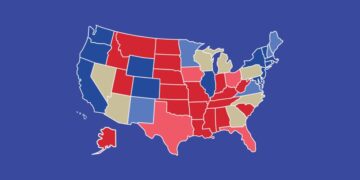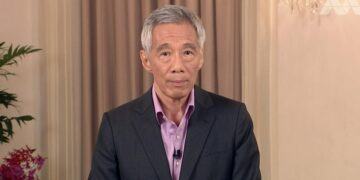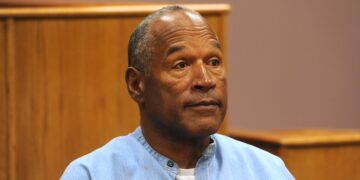The U.S. Electoral College is a unique and often misunderstood element of the American political system. It is a process, not a place, established by the United States Constitution to formally select the President and Vice President of the United States every four years. Unlike a simple popular vote system, the Electoral College introduces an intermediary step between the voters and the final outcome, a feature that has shaped American presidential elections since 1789. Through this process, each state is given a certain number of electoral votes based on its population size, which influences candidates’ campaign strategies and often shapes national policy priorities.
Historical background and origins
The Electoral College was created by the framers of the U.S. Constitution during the Constitutional Convention of 1787 in Philadelphia. The founders debated various methods for selecting the president, including a popular vote and selection by Congress. However, concerns about both approaches led to the adoption of the Electoral College as a compromise. A popular vote alone was seen as potentially impractical, as the country was largely rural, communications were slow, and information about candidates was hard to spread uniformly. They also feared that a popular vote system might give undue advantage to more populous states, undermining the voice of smaller states.
On the other hand, allowing Congress to select the president could compromise the executive’s independence. The compromise was a unique system that allowed citizens to vote indirectly through appointed electors. The resulting Electoral College balanced state representation with popular input while establishing a buffer between direct public opinion and the selection of the highest office in the country. It has since evolved through amendments and legislative changes but remains largely intact in its original structure.
Structure and mechanics of the Electoral College
The Electoral College is the system through which the United States formally selects its president and vice president, combining elements of both federalism and democracy. Rather than electing the president directly by popular vote, the Electoral College creates an intermediary process where citizens vote for electors, who then cast the final ballots for president. This system was designed by the Founding Fathers to balance the interests of populous and less-populous states, ensuring that all regions have a voice in presidential elections.
a. Electoral votes and representation
The Electoral College consists of 538 electors, corresponding to the total number of representatives in Congress: 435 members of the House of Representatives, 100 senators, and three electors for the District of Columbia, per the 23rd Amendment. Each state receives a number of electors equal to its total congressional representation, meaning each state has at least three electoral votes (two senators plus at least one representative). Larger states like California have a greater number of electors (currently 55), while smaller states like Wyoming have the minimum of three.
b. Selection of electors
Each state legislature has the authority to determine how its electors are chosen. In nearly all states, electors are selected by political parties during their state conventions or through appointments by the party’s leadership. Typically, each party selects a slate of electors pledged to their candidate for president. On Election Day, voters in each state cast their ballots for a presidential candidate, but they are actually voting for the electors pledged to that candidate.
c. The “winner-takes-all” system
Most states (48 out of 50) and the District of Columbia use a “winner-takes-all” system, where the candidate who wins the majority of the popular vote in a state wins all of its electoral votes. Maine and Nebraska, however, allocate their electoral votes differently. These states use a proportional system, awarding two electoral votes to the statewide winner and one electoral vote to the winner of each congressional district.
d. Meeting of electors
After the general election, each state’s appointed electors gather in their respective state capitals on a set date (usually in December) to cast their electoral votes for president and vice president. These votes are then sealed and sent to the President of the Senate, who later tallies the votes in a joint session of Congress.
Certification of Electoral Votes
Once all the votes are received, Congress meets in a joint session in early January to count and certify the electoral votes. The sitting Vice President, acting as the President of the Senate, oversees the process. If a candidate receives an absolute majority of 270 or more electoral votes out of 538, they are declared the winner.
What happens in the case of a tie or no majority?
If no candidate achieves the required 270 votes, or if there is a tie (269–269), the election is decided by a “contingent election” in the House of Representatives. Each state delegation in the House votes as a single bloc, with each state receiving one vote. A candidate must receive a majority of the state delegations (currently 26 out of 50) to win the presidency. Meanwhile, the Senate selects the vice president, with each senator casting one vote.
Faithless electors
Electors are typically expected to vote for their party’s candidate if that candidate won their state’s popular vote. However, some electors, known as “faithless electors,” occasionally cast votes for a different candidate. While faithless electors are rare and have not altered an election outcome, their existence has led several states to pass laws that penalize or replace them if they do not vote as pledged. In 2020, the U.S. Supreme Court upheld such laws, affirming that states have the authority to enforce elector pledges.
Arguments for and against the Electoral College
The Electoral College has been both praised and criticized over the years. Below are some common arguments for and against this unique electoral system.
Arguments in favor of the Electoral College
- Preserves the voice of small states: Supporters argue that the Electoral College helps protect smaller, less populous states by giving them a proportionally higher representation. Without it, candidates might focus exclusively on populous urban areas, potentially neglecting rural and less populous regions.
- Promotes national cohesion: The Electoral College encourages candidates to build broad coalitions that appeal to a diverse range of states and interests across the country. By doing so, it fosters unity and forces candidates to appeal to a geographically and culturally diverse electorate.
- Stability and familiarity: The system has been in place for more than two centuries, and proponents argue that it provides stability. Changing the process could introduce uncertainty or unintended consequences, especially if the country were to move to a national popular vote system.
Arguments against the Electoral College
- Possibility of a “minority president”: One of the most significant criticisms is that the Electoral College can result in a president who did not win the national popular vote. This occurred in five elections, most recently in 2000 and 2016, leading to claims that the system is undemocratic and does not reflect the true will of the people.
- Overemphasis on swing states: Because most states reliably vote for one party, campaigns focus on “swing states” where the outcome is uncertain. This system sidelines voters in safely blue or red states and concentrates campaign efforts and resources in a handful of battleground states, potentially skewing policy priorities and public attention.
- Complexity and lack of transparency: The Electoral College process is complex, and many voters misunderstand its mechanics. Critics argue that this complexity undermines transparency and contributes to a sense of detachment from the presidential election process.
Proposals for reform
There are several popular reform proposals to address the criticisms of the Electoral College. Here are some of the leading ideas:
a. National Popular Vote Interstate Compact (NPVIC)
The NPVIC is an agreement among states to award their electoral votes to the candidate who wins the national popular vote. The compact only takes effect when enough states (with a combined 270 electoral votes) join, ensuring that the national popular vote winner becomes president. As of now, 15 states and the District of Columbia have joined, representing a total of 196 electoral votes.
b. Proportional allocation of electoral votes
Some propose reforming the “winner-takes-all” system so that electoral votes are awarded proportionally, either by congressional district (as in Maine and Nebraska) or according to the percentage of the vote each candidate receives statewide. This would reduce the focus on swing states, though it may introduce other challenges, like making it harder for any candidate to secure a majority of electoral votes.
c. Abolishing the Electoral College
The most straightforward but challenging reform would be to abolish the Electoral College entirely and move to a direct popular vote. However, this would require a constitutional amendment, which is unlikely given the high threshold for passing amendments and opposition from smaller states.
Impact of the Electoral College on campaign strategy
The Electoral College significantly impacts campaign strategies. Candidates focus heavily on swing states and often prioritize issues relevant to those areas. This focus can lead to regional disparities in political attention and policy considerations. For instance, agricultural issues might be emphasized more in a swing state with significant rural areas, while other important topics may receive less attention in “safe” states.
Conclusion
The Electoral College remains a cornerstone of the U.S. presidential election system, but it is also a source of considerable debate. Proponents argue that it ensures a balance between populous and less-populous states, encourages coalition-building, and maintains stability in the electoral process. However, critics contend that it distorts the democratic principle of “one person, one vote”, overemphasizes swing states, and sometimes produces outcomes that do not align with the national popular vote.
The future of the Electoral College is uncertain. While public opinion on the Electoral College has fluctuated, recent elections and their outcomes have rekindled interest in potential reforms. However, altering or abolishing it would likely be a complex and contentious process requiring both broad consensus and constitutional changes. Whether or not the Electoral College is reformed or replaced, understanding its structure and function remains essential for all who participate in the American democratic process.










































































